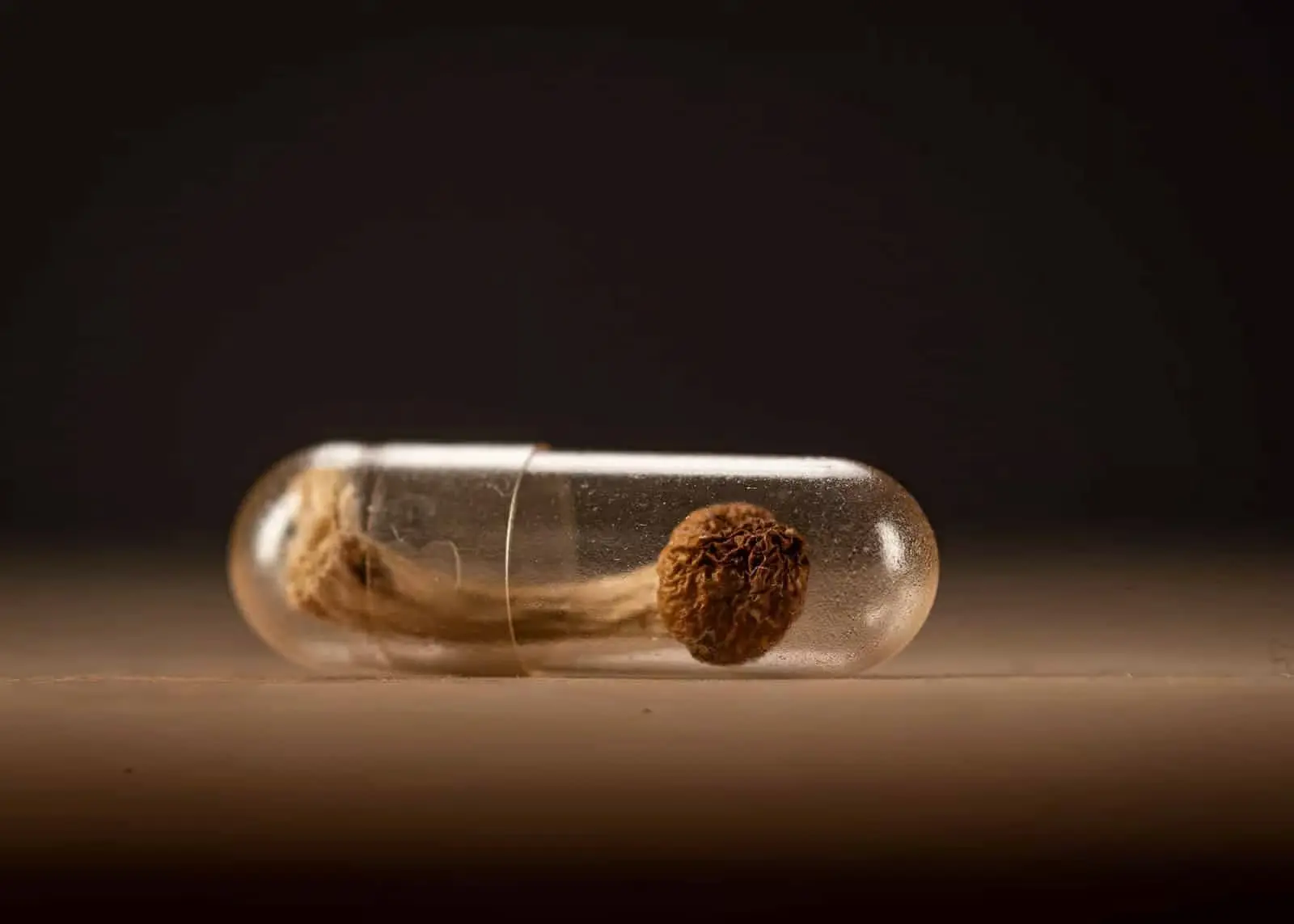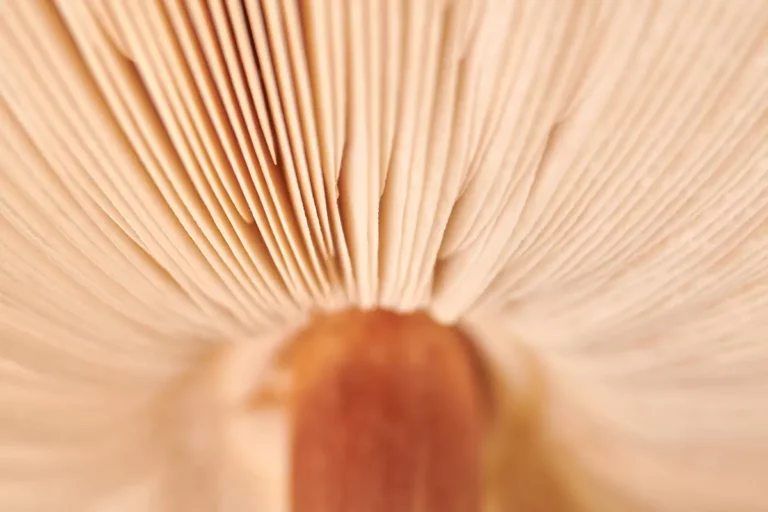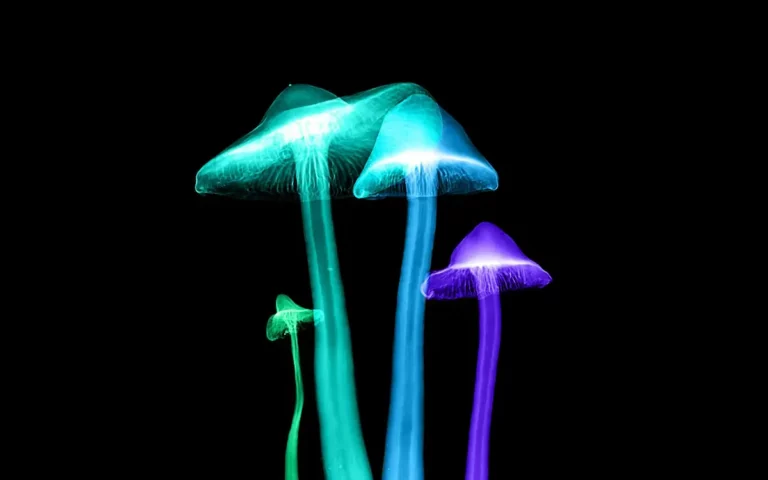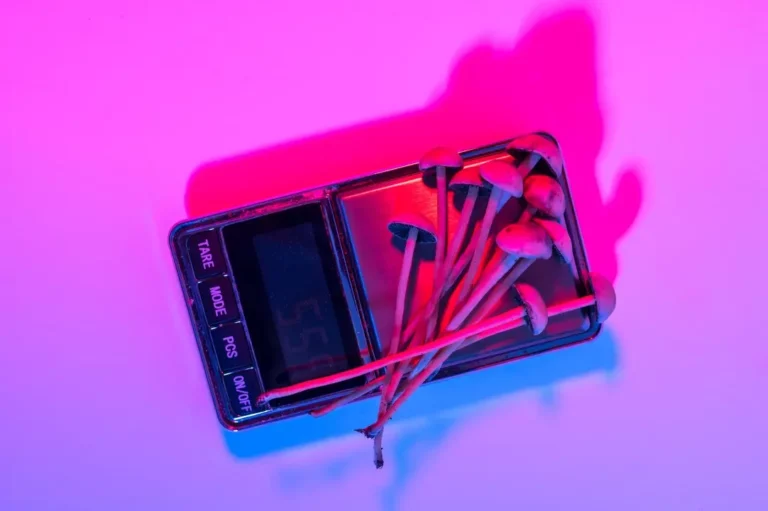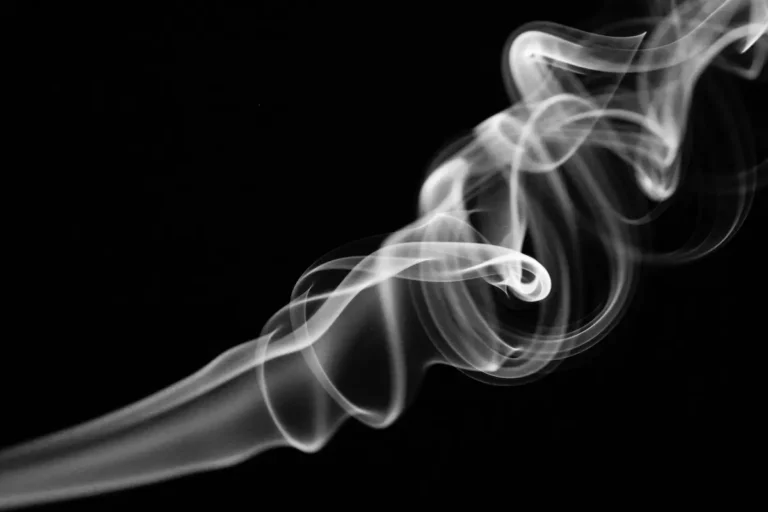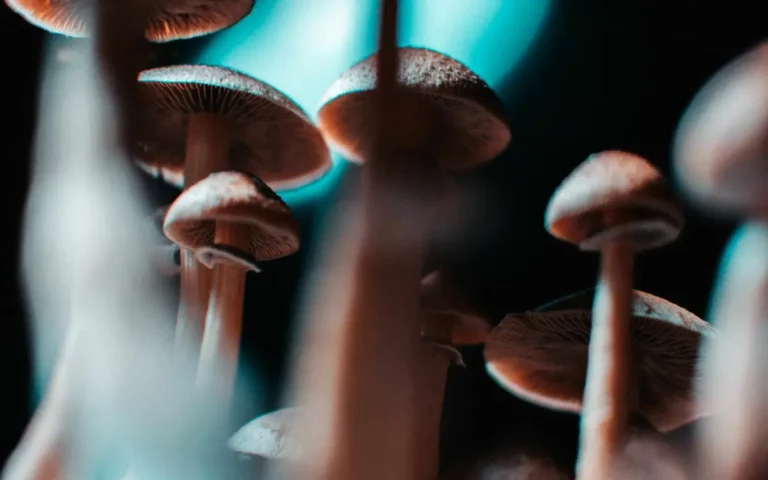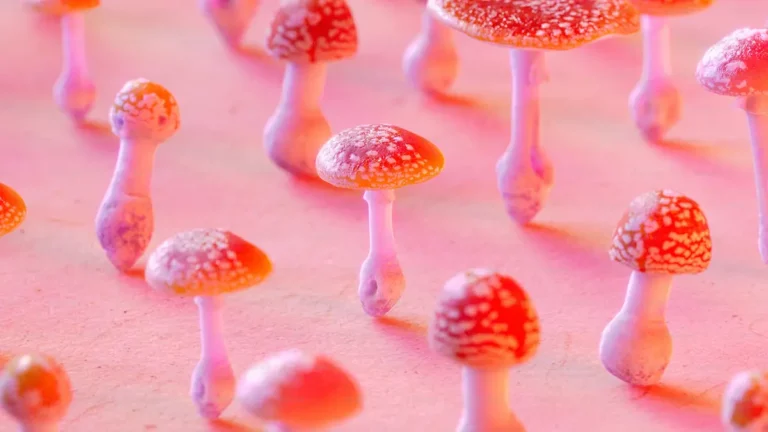Psilocybin and Antidepressants: Differences and Similarities
Many people are searching for new ways to treat mental health issues. Among these, psilocybin, the active ingredient in certain mushrooms, has caught the eye for its potential to help with depression and other mental health challenges. But how does psilocybin stack up against traditional antidepressants, and what could the future hold for this compound? In this blog, we’ll analyze the relationship between psilocybin and antidepressants, exploring their similarities, differences, and what this might mean for the future of mental health care.
What is Psilocybin?
Psilocybin is a naturally occurring psychedelic compound found in over 200 types of mushrooms, often called “magic mushrooms.” After ingestion, the body converts psilocybin into psilocin, a substance that can change how you perceive things, your mood, and your thought processes. These effects are often linked to a “trip” that can last several hours, during which users might feel a mix of emotions, see visual hallucinations, and experience altered states of consciousness.
Historically, psilocybin has been used in various cultural and religious ceremonies, especially by indigenous people in Central and South America. Today, it’s the focus of scientific research, particularly for its potential benefits in mental health treatment.
What are Antidepressants?
Antidepressants are a group of medications commonly prescribed to treat depression, anxiety, and other mood disorders. These drugs work by changing the balance of neurotransmitters in the brain, such as serotonin, norepinephrine, and dopamine—chemicals that affect mood and emotions.
There are several types of antidepressants:
- Selective Serotonin Reuptake Inhibitors (SSRIs): The most commonly prescribed antidepressants, including drugs like fluoxetine (Prozac) and sertraline (Zoloft). SSRIs work by increasing serotonin levels in the brain.
- Serotonin-Norepinephrine Reuptake Inhibitors (SNRIs): Medications like venlafaxine (Effexor) and duloxetine (Cymbalta), which boost both serotonin and norepinephrine levels.
- Tricyclic Antidepressants (TCAs): Older antidepressants that are less commonly used today because of their side effects, such as amitriptyline and imipramine.
- Monoamine Oxidase Inhibitors (MAOIs): Another older class of antidepressants, like phenelzine (Nardil), used less often due to dietary restrictions and potential side effects.
Antidepressants are usually prescribed for long-term use, and it might take several weeks before patients notice improvements. However, these drugs can also cause side effects, such as weight gain, sexual dysfunction, and emotional blunting.
How Does Psilocybin Work in the Brain?
Psilocybin’s effects on the brain differ from those of traditional antidepressants. When the body converts psilocybin into psilocin, it mainly interacts with serotonin receptors, particularly the 5-HT2A receptor. This interaction increases serotonin levels and changes how different brain regions communicate, often leading to profound changes in perception, mood, and thought processes.
Research suggests that psilocybin’s impact on the brain’s default mode network (DMN) is crucial to its therapeutic potential. The DMN is a network of brain regions that is active when the mind is at rest, such as during daydreaming or self-reflection. In people with depression, the DMN can become overactive, leading to excessive rumination and negative thought patterns. Psilocybin appears to reduce DMN activity, allowing for a “reset” that can help individuals break free from these negative cycles.
Additionally, psilocybin has been shown to promote neuroplasticity—the brain’s ability to form new connections and pathways. This neuroplasticity might contribute to the lasting changes in mood and behavior seen in people who have undergone psilocybin-assisted therapy.
If you are interested in reading more about the effects psilocybin has on the brain, read our post “How Psilocybin Influences the Brain”.
Comparing Psilocybin and Antidepressants
While both psilocybin and antidepressants affect serotonin levels in the brain, their mechanisms of action and effects are quite different. Here are some key differences:
Duration of Effect:
Antidepressants:
Typically taken daily, with effects building up over weeks or months. They are designed for long-term use, often requiring months or even years of continuous treatment.
Psilocybin:
The effects of a single dose of psilocybin can be felt within hours, and studies have shown that its antidepressant effects can last for weeks or even months after just one or two sessions.
Experience During Treatment:
Antidepressants:
Most antidepressants do not produce any immediate, noticeable effects on perception or consciousness. Patients usually take them without experiencing any significant change in their day-to-day mental state, aside from the gradual relief of depressive symptoms.
Psilocybin:
Psilocybin induces a powerful psychedelic experience, which can be intense and sometimes challenging. This experience is often a central component of its therapeutic effect, as it allows individuals to confront and process deep-seated emotions and traumas.
If you want to read more about the duration and effects of a psilocybin trip read out post “How Long Does a Psilocybin Trip Last?”.
Side Effects:
Antidepressants:
Common side effects include weight gain, sexual dysfunction, insomnia, and, in some cases, an increased risk of suicidal thoughts, especially in young people.
Psilocybin:
The side effects of psilocybin are generally short-lived and include nausea, dizziness, and anxiety during the psychedelic experience. However, the intensity of the experience can be overwhelming for some, particularly those with a history of mental health issues like psychosis.
Mechanism of Action:
Antidepressants:
Primarily work by altering the balance of neurotransmitters in the brain over time, helping to stabilize mood.
Psilocybin:
Psilocybin’s effects are more complex and involve a temporary but profound alteration in brain activity, leading to changes in perception, cognition, and emotional processing.
Long-term Outcomes:
Antidepressants:
Many people who take antidepressants find that they need to stay on them for extended periods, and discontinuing the medication can sometimes lead to a return of depressive symptoms.
Psilocybin:
Early research suggests that psilocybin may offer long-lasting relief after just one or two treatments, potentially reducing the need for ongoing medication.
The Future Role of Psilocybin in Mental Health Treatment
The potential of psilocybin as a treatment for depression and other mental health conditions is an area of active research. Clinical trials have shown promising results, with many participants experiencing significant reductions in depressive symptoms after psilocybin-assisted therapy. Some studies have even found that psilocybin can be more effective than traditional antidepressants, particularly in cases of treatment-resistant depression.
One of the most exciting aspects of psilocybin research is its potential to offer a new approach to mental health treatment. Unlike traditional antidepressants, which often require long-term use, psilocybin may provide lasting benefits after just one or two sessions. This could revolutionize the way we approach the treatment of depression, offering a more sustainable and less burdensome option for patients.
However, it’s important to note that psilocybin is not without risks. The psychedelic experience can be intense and unpredictable, and there are concerns about its use in individuals with certain mental health conditions, such as schizophrenia or bipolar disorder. As a result, researchers are cautious about advocating for widespread use of psilocybin outside of controlled clinical settings.
Challenges and Considerations
Despite the promising research, several challenges need to be addressed before psilocybin can become a mainstream treatment for depression:
Legal Status
Currently, psilocybin is classified as a Schedule I substance in many countries, including the United States. This means it’s considered to have a high potential for abuse and no accepted medical use. Though there has been no evidence of it having potential for abuse. Changing this legal status will require significant evidence and advocacy.
Stigma: Psychedelics have long been associated with counterculture movements and recreational drug use, which can create stigma around their use as medicine. Public perception will need to shift to accept psilocybin as a legitimate treatment option.
Access and Equity
As psilocybin therapy becomes more widely available, questions will arise about who can access it and how it will be regulated. Ensuring that this treatment is accessible to all who need it, regardless of socioeconomic status, will be a key challenge.
Training and Standards
Psilocybin therapy requires skilled therapists who are trained to guide patients through the psychedelic experience. Developing standardized training programs and ensuring that therapists are adequately prepared will be crucial for the safe and effective use of psilocybin.
Conclusion
Psilocybin represents a promising treatment of depression and other mental health conditions. While it shares some similarities with traditional antidepressants in terms of its effects on serotonin, its unique mechanism of action and potential for lasting change set it apart as a potentially revolutionary treatment option. As research continues to evolve, we may see psilocybin move from the fringes of mental health treatment to become a mainstream option for those struggling with depression.
However, it’s essential to approach this new treatment with caution. The psychedelic experience is powerful and can be overwhelming, and more research is needed to fully understand the long-term effects and potential risks. But with careful regulation, training, and continued research, psilocybin could offer new hope to millions of people worldwide who suffer from depression and other mental health disorders.
As we look to the future, the connection between psilocybin and antidepressants offers a glimpse into how our understanding of mental health treatment is evolving. Whether psilocybin becomes a complement to existing treatments or a standalone therapy, its potential is undeniable. The next few years will be crucial in determining how psilocybin fits into the broader landscape of mental health care, and it will be fascinating to see how this once-taboo substance might transform the way we approach depression and healing.

